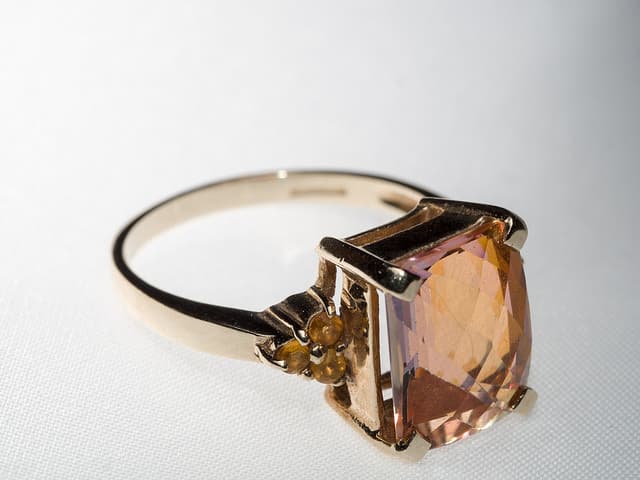A Simple Method for Transposing Faceting Angles
Can something akin to a slide rule help novice faceters today with transposing faceting angles from published gem designs? Check out the calculation-free nomogram method.
6 Minute Read
This article originally appeared in “Stonechat,” the journal of the UK Facet Cutter’s Guild, in December 1999. We’ve reproduced it here with the permission of the Guild. Although computers and faceting apps have changed tremendously since then, Dr. Washington’s nomogram has more than historical interest. This method for transposing faceting angles from published designs uses no computers (or calculations) at all.
Conversion Methods and Their Shortcomings
One of the first problems beginning faceters encounter is converting published faceting designs to forms suitable for materials besides quartz. Virtually all published designs use angles optimized for quartz. Since other materials have different refractive indices and critical angles, they require cutting their facets at different angles. These must differ from the original design in order to optimize optical performance or avoid a “fish eye” stone.
One of the simplest conversion methods requires adding or subtracting a fixed number of degrees from the design angles. You can follow published tables of recommended angles for crown and pavilion mains for different materials.
For example, to convert a design from quartz angles to topaz, check such a table. You find that quartz pavilion mains are cut at 43° and topaz at 39°…
Related Articles
Gemstone Care Guide
Faceting Made Easy, Part 1: Gemstone Properties
A Good Faceting Machine
Faceting Made Easy, Part 3: Starting a Standard Brilliant Cut
Never Stop Learning
When you join the IGS community, you get trusted diamond & gemstone information when you need it.
Get Gemology Insights
Get started with the International Gem Society’s free guide to gemstone identification. Join our weekly newsletter & get a free copy of the Gem ID Checklist!
